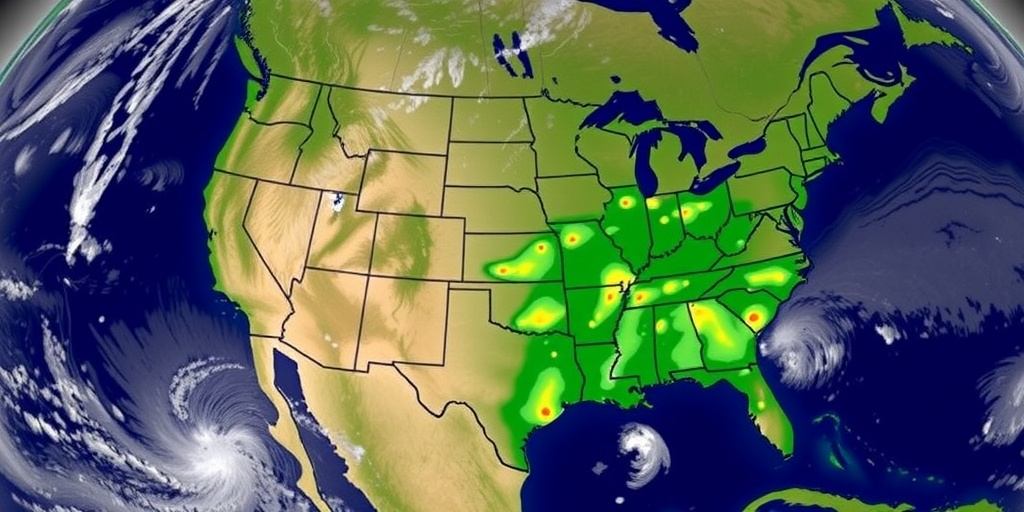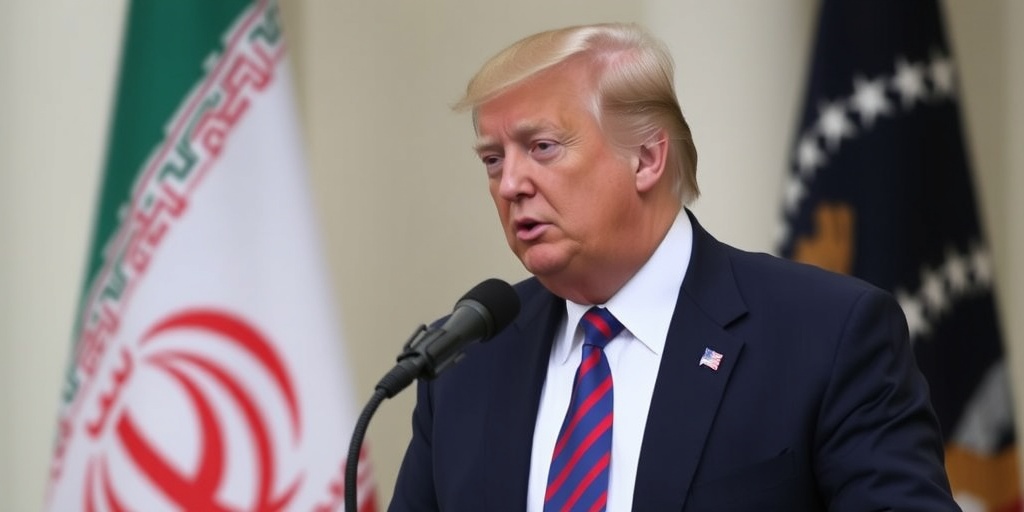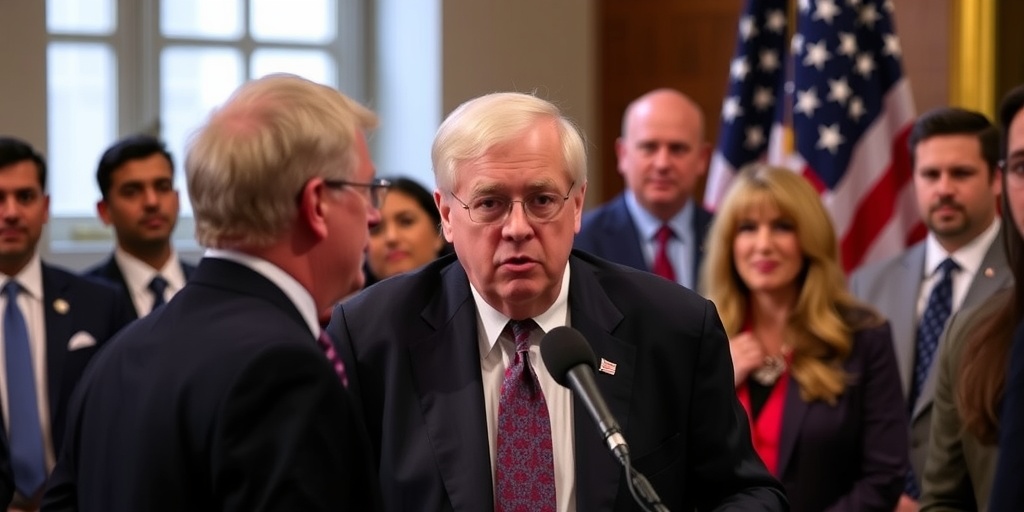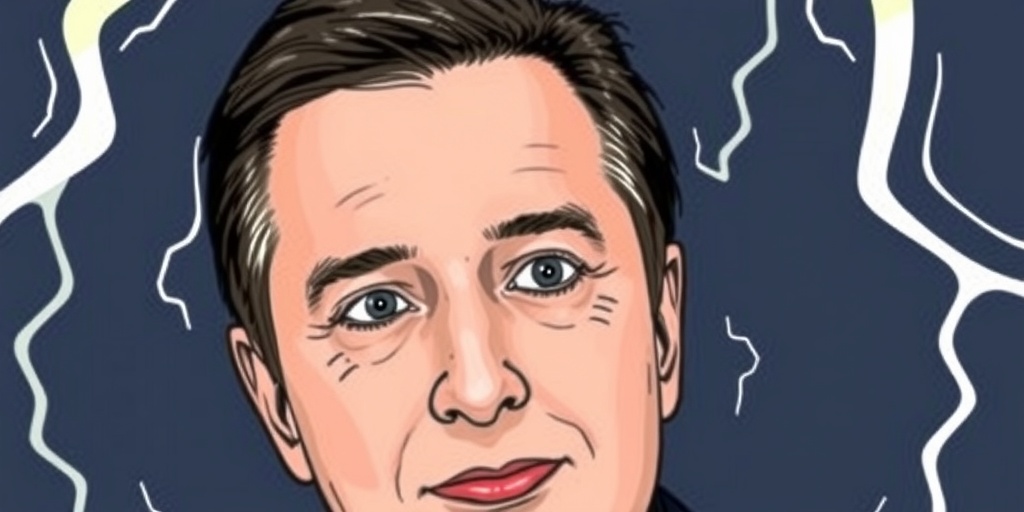Now Reading: Whitmer Warns Democrats Risking Backlash by Aligning with Trump
-
01
Whitmer Warns Democrats Risking Backlash by Aligning with Trump
Whitmer Warns Democrats Risking Backlash by Aligning with Trump
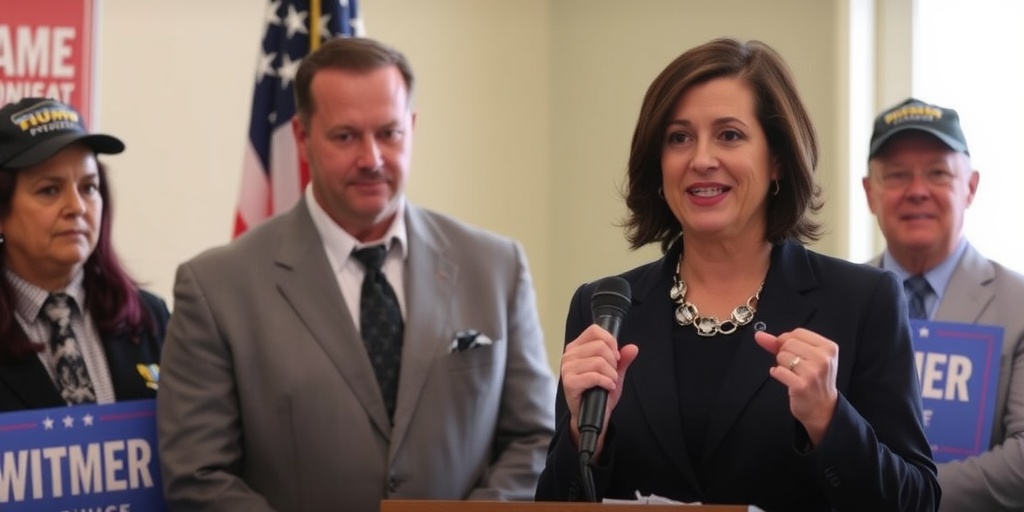
Michigan Governor Navigates Political Waters with Trump Amidst Partisan Tensions
In an unexpected turn of political events, Michigan’s Governor Gretchen Whitmer found herself in the Oval Office recently, perhaps wishing to remain out of the public eye. This meeting came as President Donald Trump signed a series of executive orders aimed at punishing those who opposed his claims regarding the 2020 election. Whitmer, a prominent Democrat and potential contender for the 2028 presidential race, had originally traveled to Washington to discuss funding for an Air National Guard base in Detroit and aid for Michiganders impacted by a severe ice storm.
To her surprise, Whitmer was not only ushered into the Oval Office for a private meeting but was also thrust into a live televised appearance before the press, reminiscent of Trump’s ongoing reality-show approach to leadership. Witnesses reported that her presence sparked intrigue among Democratic strategists, who questioned the wisdom of her participation in such a politically charged atmosphere.
This appearance and Whitmer’s subsequent actions highlight the delicate balance that Democratic governors must navigate as they try to cultivate relationships with a president who is often criticized by their party, yet controls significant federal funding crucial for state needs. Whitmer’s experience with Trump is not isolated; she represents a group of Democratic governors who have attempted to maintain cordial relations with his administration while addressing necessary state concerns.
Following President Biden’s inauguration, Whitmer took an unusual step by reaching out to Trump with a handwritten letter congratulating him. Reports suggest that Whitmer praised Trump’s past support of the auto industry and offered her assistance on matters affecting Michigan, including providing her cell phone number for direct communication. This outreach, while strategic, carried its own risks in a polarized political environment.
Internal party dynamics complicate these relationships. More moderate Democratic governors, like Whitmer, Gavin Newsom of California, Phil Murphy of New Jersey, and Kathy Hochul of New York, have engaged with Trump, often softening their rhetoric to foster cooperative dialogue. These leaders have met with Trump on various occasions, creating a narrative of bipartisanship against a backdrop of an administration that has often targeted Democratic states and policies.
Such efforts, however, do not come without consequences. Many Democrats within the party view Trump’s administration as a direct threat to the democratic process and advocate for a more confrontational stance against his policies. This internal conflict poses a significant dilemma for governors needing federal support but also facing the expectations of their constituents to stand against the Trump administration’s more extreme actions.
A contrasting group of Democratic governors—including JB Pritzker of Illinois, Josh Shapiro of Pennsylvania, and Tim Walz of Minnesota—have opted for a more adversarial approach towards Trump. They criticize his administration’s harmful policies while actively preparing for upcoming re-election campaigns. Prominent voices like Neera Tanden, CEO of the Center for American Progress, emphasize that Democratic leaders should channel their energies into resisting Trump’s policies instead of seeking common ground.
Despite these tensions, Whitmer remains adamant that her primary obligation is to the people of Michigan. In a recent interview, she expressed no regrets about her actions, framing her role as one of service and advocacy for the people affected by the ice storm and aiming to secure investments for the state. She asserted that her election by a wide margin reflects voter support for her approach.
Both Whitmer and Hochul have been noted for their willingness to engage with Trump, with Hochul mentioning that her strategy includes listening closely to the president, allowing room for dialogue while also being prepared to stand firm when necessary. In recent discussions, Trump has reached out to Hochul regarding New York projects that piqued his interest, illustrating how these governors seek to balance cooperation with their party’s desire for resistance.
While some Democratic governors remain firmly on the sidelines, hesitant to engage with Trump, others have contended with the complexities of an administration that sometimes delivers much-needed federal aid. Leaders such as Healey of Massachusetts and Lujan Grisham of New Mexico have opted for distance, focusing instead on more confrontational politics.
The ongoing tug-of-war between cooperative engagement and partisan opposition underscores the broader narrative of Trump’s presidency, marked by polarization and the challenge of governance in the face of deepening divides. As Democratic governors continue to evaluate how best to navigate their relationships with this administration, the potential for cooperation will be tested against an ever-evolving political landscape.
In conclusion, as Michigan Governor Gretchen Whitmer reflects on her strategic outreach to Trump, she symbolizes a broader struggle among state leaders as they confront the dual pressures of governing effectively and adhering to party expectations. The growing complexity of these interactions will undoubtedly shape the political landscape leading into future elections as parties wrestle with their identities amid shifting dynamics.
Stay Informed With the Latest & Most Important News
Previous Post
Next Post
-
 01New technology breakthrough has everyone talking right now
01New technology breakthrough has everyone talking right now -
 02Unbelievable life hack everyone needs to try today
02Unbelievable life hack everyone needs to try today -
 03Fascinating discovery found buried deep beneath the ocean
03Fascinating discovery found buried deep beneath the ocean -
 04Man invents genius device that solves everyday problems
04Man invents genius device that solves everyday problems -
 05Shocking discovery that changes what we know forever
05Shocking discovery that changes what we know forever -
 06Internet goes wild over celebrity’s unexpected fashion choice
06Internet goes wild over celebrity’s unexpected fashion choice -
 07Rare animal sighting stuns scientists and wildlife lovers
07Rare animal sighting stuns scientists and wildlife lovers













